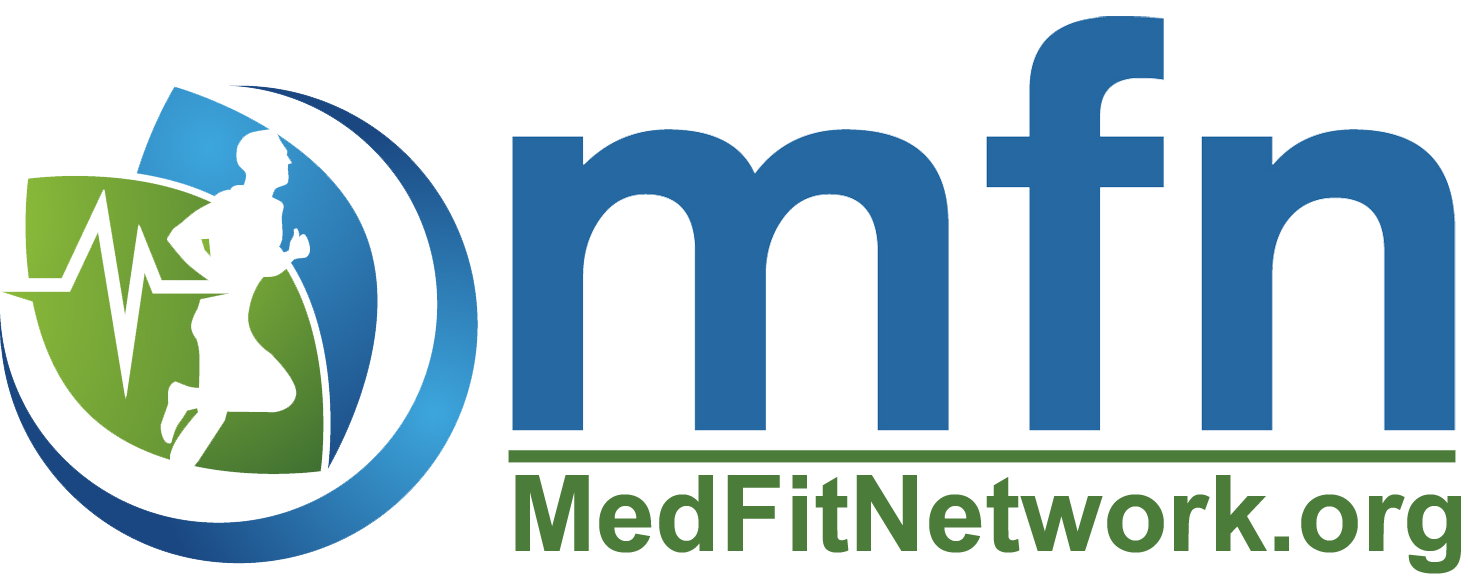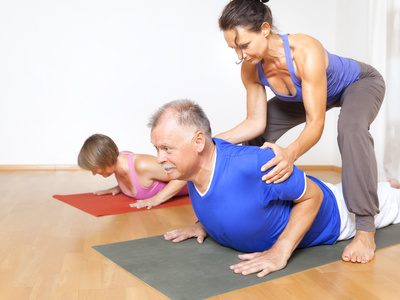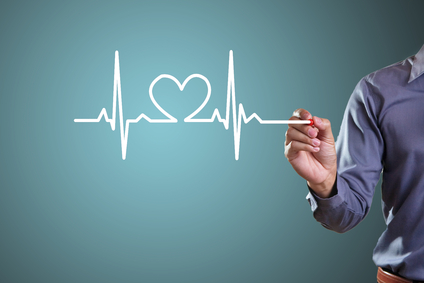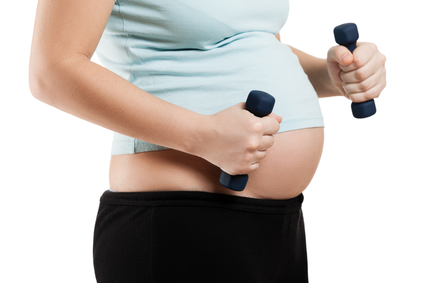How Small Changes Can Make a Big Difference in the New Year
While most people are planning for their New Year’s resolutions, many of us with multiple sclerosis are just trying to feel normal again after all the holiday activities. The problem with the holidays is that they take us out of our normal routines and create financial and emotional stress.









